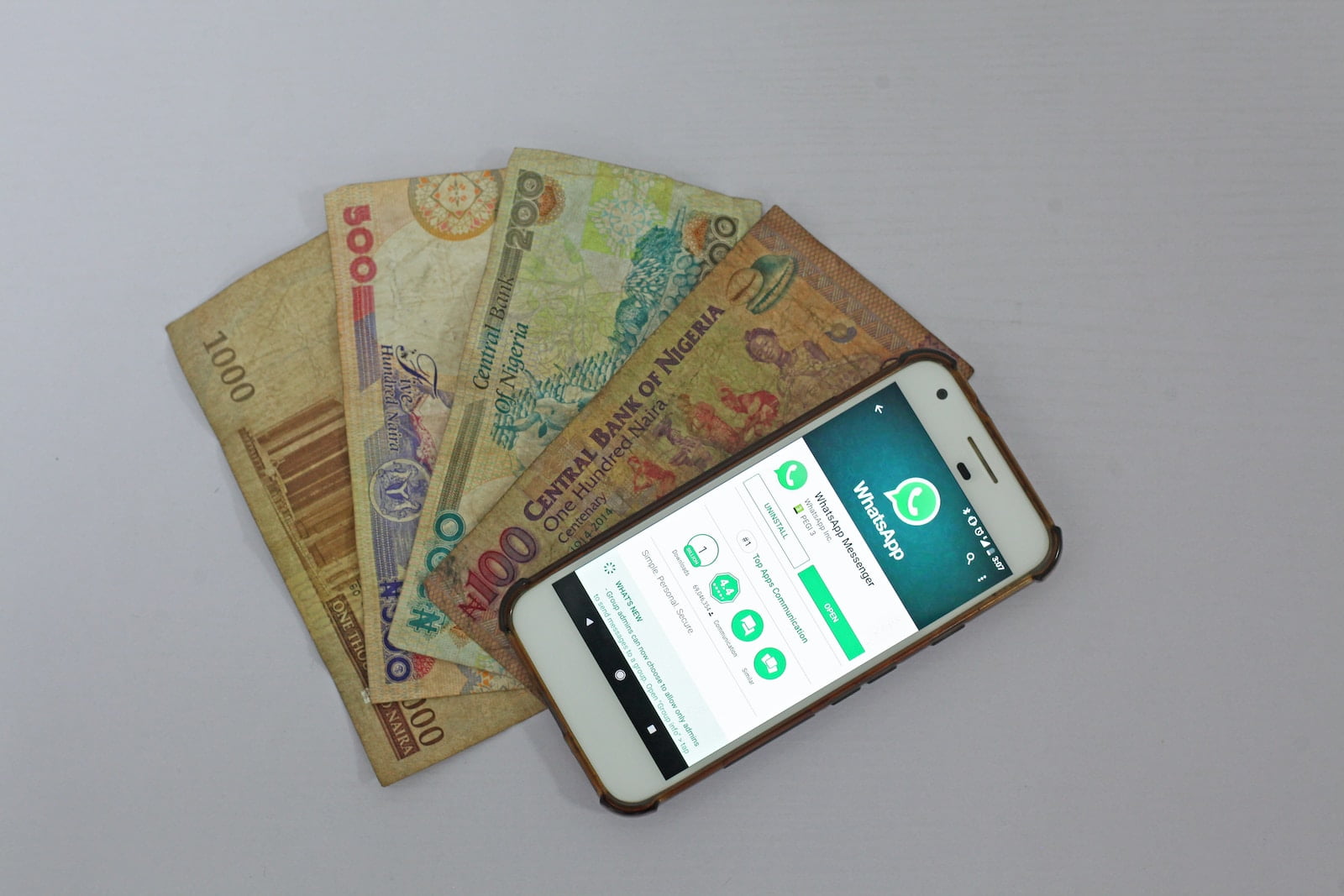
Exploring Payment Gateways: Understanding the Main Types and How They Work
Introduction:
In today’s digital age, online transactions have become an essential part of our lives. Whether it’s shopping online, paying bills, or transferring funds, we rely on secure and efficient payment gateways to process our transactions seamlessly. This article aims to provide an overview of payment gateways, their main types, and how they work to facilitate smooth and secure online transactions.
I. What are Payment Gateways?
Payment gateways act as a bridge between customers, businesses, banks, and other financial institutions, facilitating the smooth transfer of money during online transactions. They encrypt sensitive payment information, ensuring the security and confidentiality of customer data.
II. Main Types of Payment Gateways:
- Hosted Payment Gateways:
Hosted payment gateways redirect customers to a secure payment page hosted by the gateway provider. Customers enter their payment details on this page, which securely processes the transaction. This type of gateway reduces a merchant’s PCI compliance requirements but may disrupt the user experience due to redirection to a different page. - Self-hosted Payment Gateways:
With self-hosted payment gateways, customers enter their payment information on the merchant’s website, which is then securely transmitted to the gateway provider for processing. This type of gateway offers a seamless checkout experience as customers don’t need to leave the merchant’s site. - Integrated Payment Gateways:
Integrated payment gateways are directly integrated into the merchant’s website or application, providing a seamless user experience throughout the payment process. This type of gateway requires more technical expertise to implement but offers full control over the payment process and branding.
III. How Payment Gateways Work:
- Customer initiates the payment:
When a customer is ready to make a purchase, they select their preferred payment method and proceed to the payment gateway. - Encryption and security:
The customer’s payment data is encrypted using secure socket layer (SSL) encryption, ensuring that it is protected during transmission. - Authorization and verification:
The payment gateway securely sends the customer’s payment details to the appropriate financial institution for authentication and verification. This process ensures that the customer’s account has sufficient funds or credit to complete the transaction. - Transaction approval:
Once the financial institution approves the transaction, a confirmation is sent back to the payment gateway, indicating that the payment is authorized and can proceed. - Payment settlement:
The payment gateway settles the transaction by transferring the funds from the customer’s account to the merchant’s account. This process usually takes a few business days, depending on the financial institution and payment method used. - Confirmation and completion:
Once the payment settlement is successful, both the customer and the merchant receive confirmation of the completed transaction.
IV. Choosing the Right Payment Gateway:
When selecting a payment gateway for your business, consider factors such as transaction fees, security features, supported payment methods, compatibility with your website or platform, and customer experience. Conduct thorough research and select a trusted and reliable payment gateway provider that meets your specific business requirements.
Conclusion:
Payment gateways play a vital role in processing secure online transactions, ensuring smooth and efficient payments for customers and businesses alike. By understanding the different types of payment gateways and how they work, businesses can choose the appropriate solution to meet their specific needs. With the right payment gateway in place, both customers and merchants can enjoy a hassle-free and secure online payment experience.

